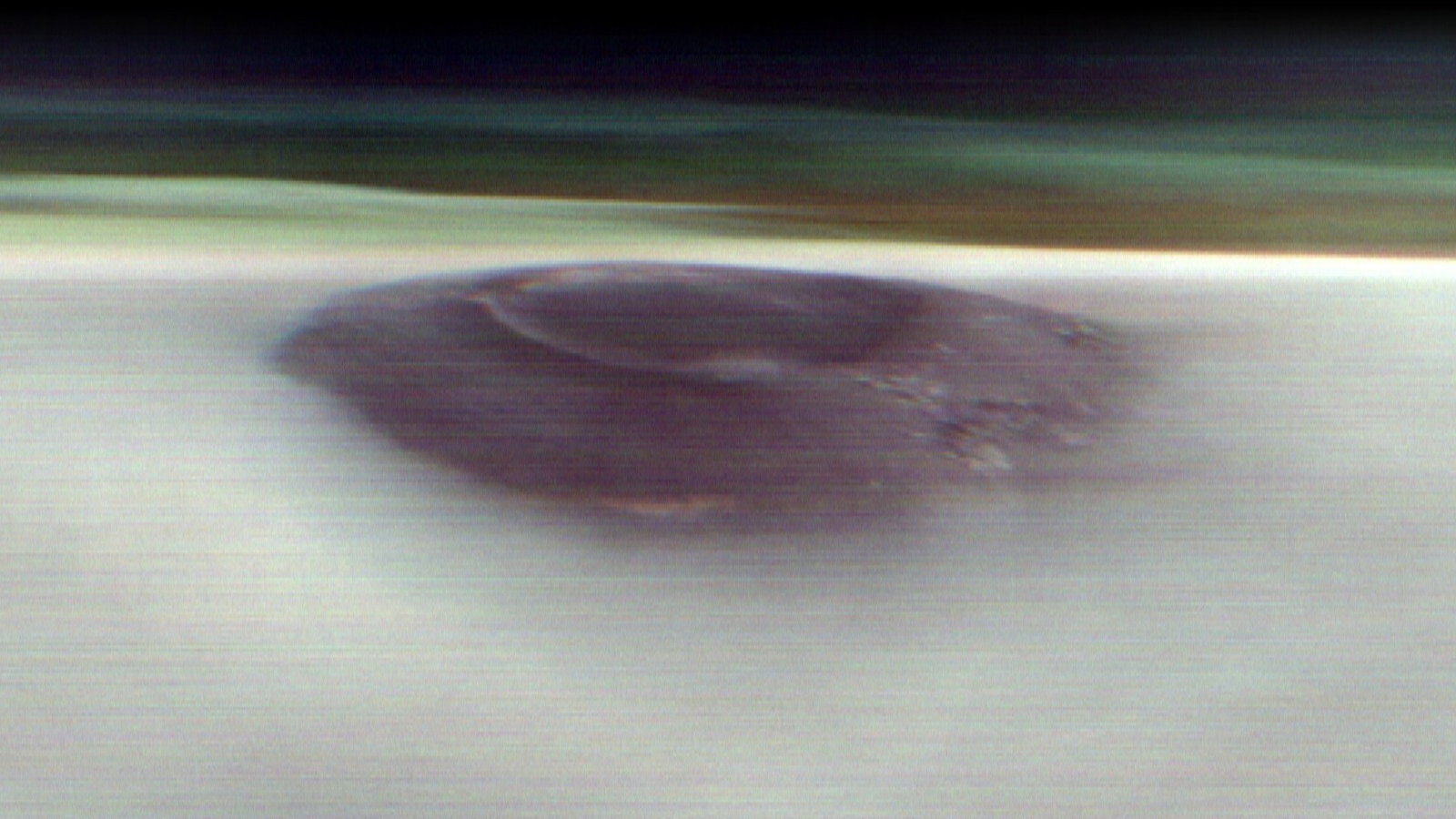Mobile Astronomy: How We Name the Planets – Then and Now
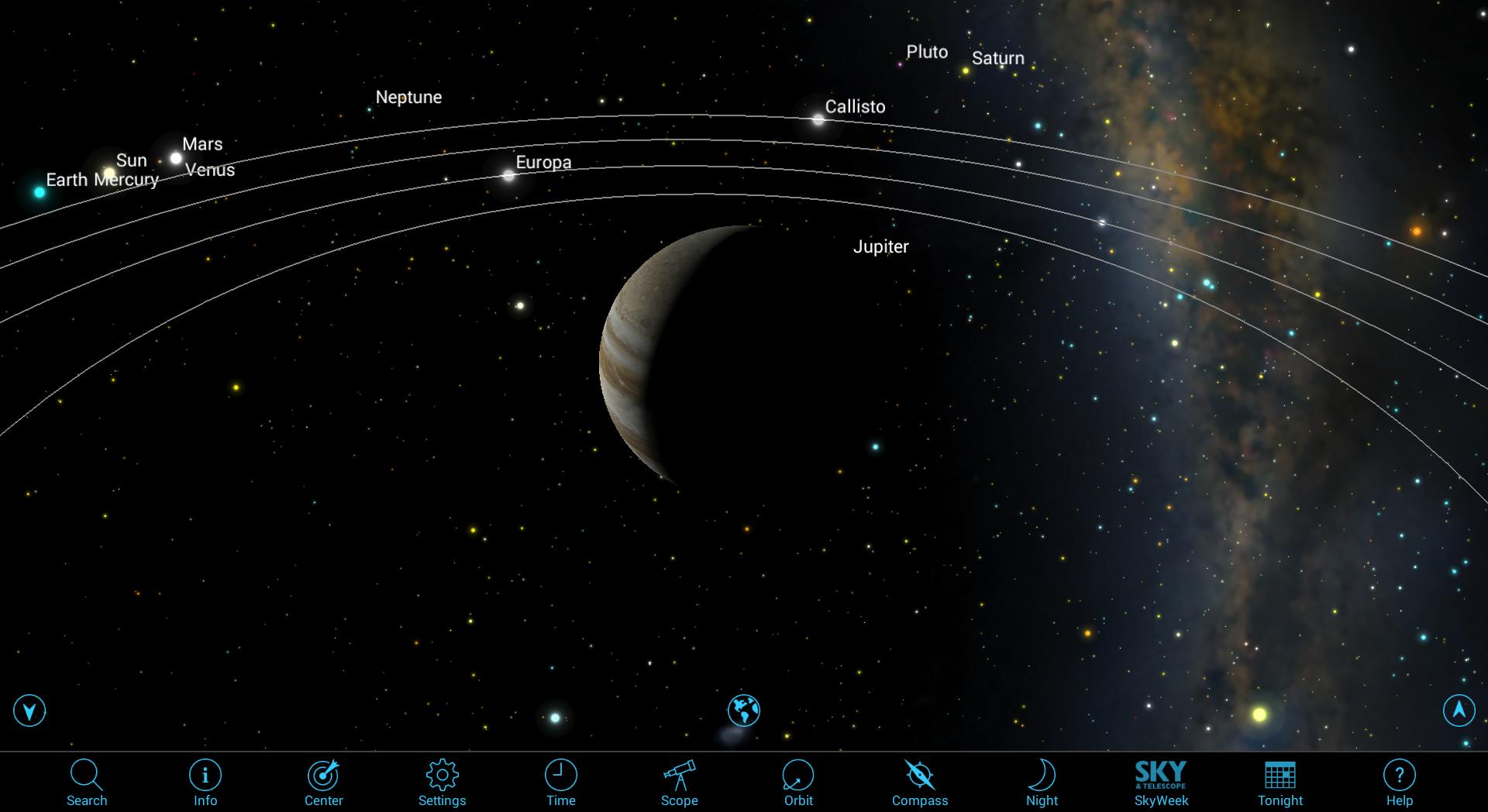
Early November offers another chance to see all the planets: Mercury will soon reappear after sunset, and Saturn's just preparing to sink into the evening twilight. The ending of daylight savings time also means that star parties can be held before the junior astronomers' bedtimes. So it's nice to tour the solar system while we learn more about our own family of planets.
In this edition of Mobile Stargazing, we'll look at how the planets got their names (and why some didn't stick), what they are called in other cultures and where the names for newly discovered objects in the far-off Kuiper Belt come from. [Living on Other Planets: What Would It Be Like?]
Spotting the planets
This November, most of the planets can be found in the early evening sky — except for the biggest one, Jupiter, which is easy to spot in the east before sunrise. The word "planet" is derived from the Ancient Greek term "astēr planētēs," which means wandering star. True to their name, the naked-eye planets are exhibiting noticeable location changes this month. Your favorite astronomy app will tell you where they are on any day of the month. In the SkySafari 5 search menu, you can open the Sun & Planets list and enable highlight symbols for all the solar system objects. Tap the List Settings icon to bring up the highlighting check box.
Swift Mercury is climbing away from the sun, toward a rendezvous with ringed Saturn near the end of the month. With visual magnitudes around 0.50, both planets would be easy to see with the naked eye if they weren't sitting so low, embedded in the evening twilight. Glorious Venus and blood-red Mars are easy naked-eye objects in the early evening southwestern sky. King Jupiter is rising in the east before the sun. Its bright beacon is eye-catching, even as the sun rises.
Uranus takes all night to cross the night sky in Pisces, while watery Neptune, fittingly in Aquarius for the next seven years, sets after midnight. Under very dark skies, Uranus is a naked-eye object, and Neptune is viewable with binoculars and small telescopes. Finally, distant dwarf planet Pluto requires a very large telescope to spot, although it, too, is in the early evening sky, between Capricornus and Sagittarius.
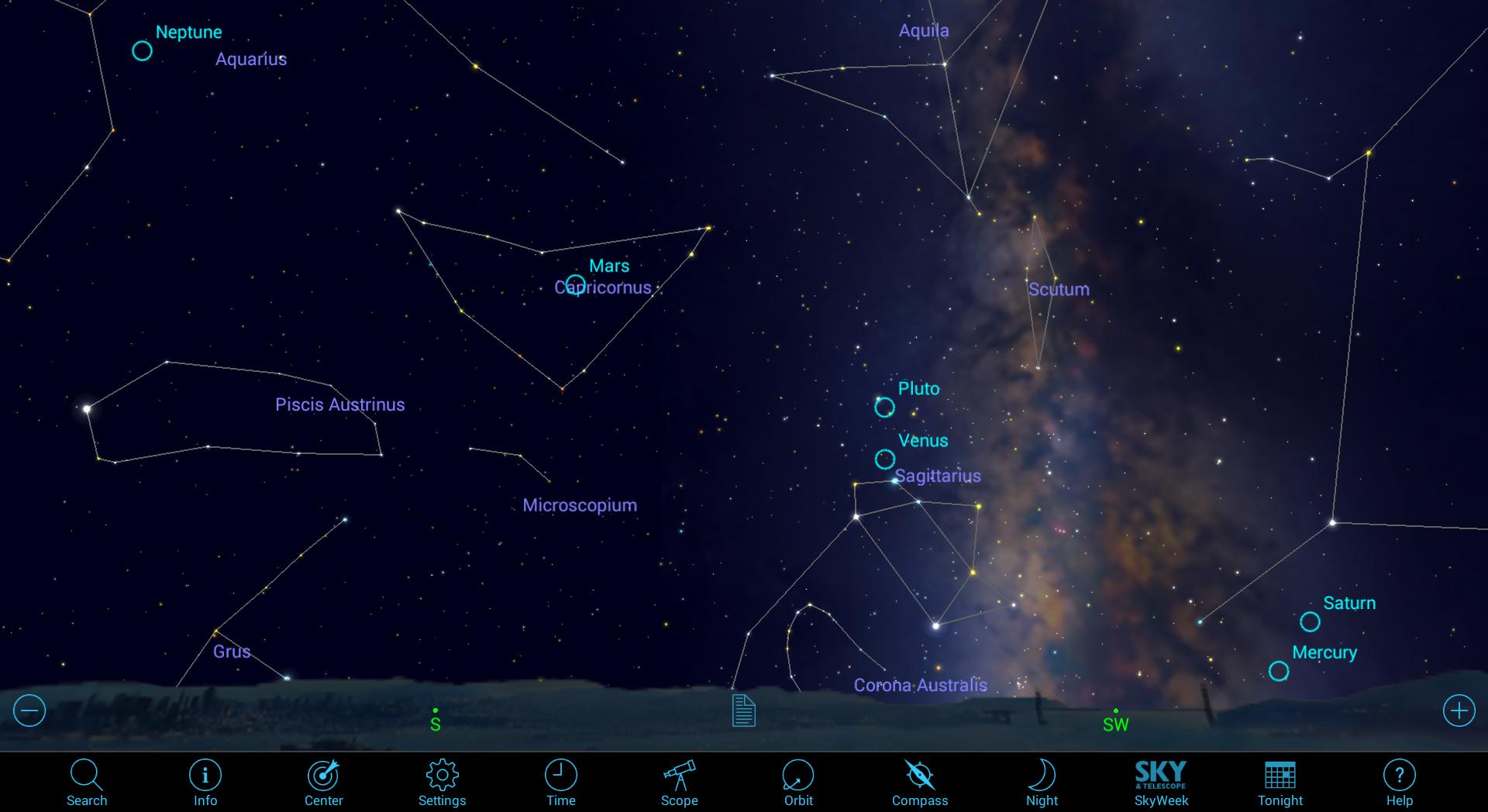
Naming the classical planets
With only one, or perhaps two, exceptions — more on this later — the names of the planets in our solar system come from Roman mythology. The bright, naked-eye planets were known in ancient times — sometimes by other names — but we have adopted the names that were used in the Roman period.
Because of its swift motion through the sky, Mercury was named for the winged messenger of the Roman gods. The beautifully bright planet Venus, sometimes referred to as the morning or evening star, was named after the Roman goddess of love, beauty and sexuality. Earth's name predates the Greek and Roman cultures, but the influences of those periods remain in the terms "Geo" and "Terra," respectively.
Get the Space.com Newsletter
Breaking space news, the latest updates on rocket launches, skywatching events and more!
No surprise, Mars, tinted reddish by the pervasive iron oxide that forms on its surface due to weathering, has been named for the Roman god of war. Jupiter, the largest of the planets, was named after the most prominent of the Roman gods, despite the fact that Venus frequently shines more brightly! Saturn was named for Jupiter's father, the Roman god of agriculture, long before anyone knew about the planet's spectacular ring system.
In China and the Far East, the naked-eye planets are named after the traditional five elements — wood (木), fire (火), earth (土), metal (金) and water (水). These are central to the ancient Eastern philosophies that brought us the concepts of Yin and Yang, and Feng Shui. I've listed them in order of importance, and that is how they have been assigned to the planets' visual appearance. Jupiter is木星 (Mùxīng), the Wood Star. Mars is 火星 (Huǒxīng), the Fire Star. Saturn is 土星 (Tǔxīng), the Earth Star. Venus is 金星 (Jīnxīng), the Metal or Gold Star. And Mercury is水星 (Shuǐxīng), the Water Star.
Good old planet Earth is called 地球 (Dìqiú), which literally translates as "ball of earth." The distant ice giant planets, unknown to ancient Chinese astronomers, have been named as follows: Uranus is 天王星 (Tiānwángxīng), or Sky King Star, and Neptune is 海王星 (Hǎiwángxīng), or Sea King Star. And Pluto is called冥王星(Míngwángxīng), or Underworld King Star.
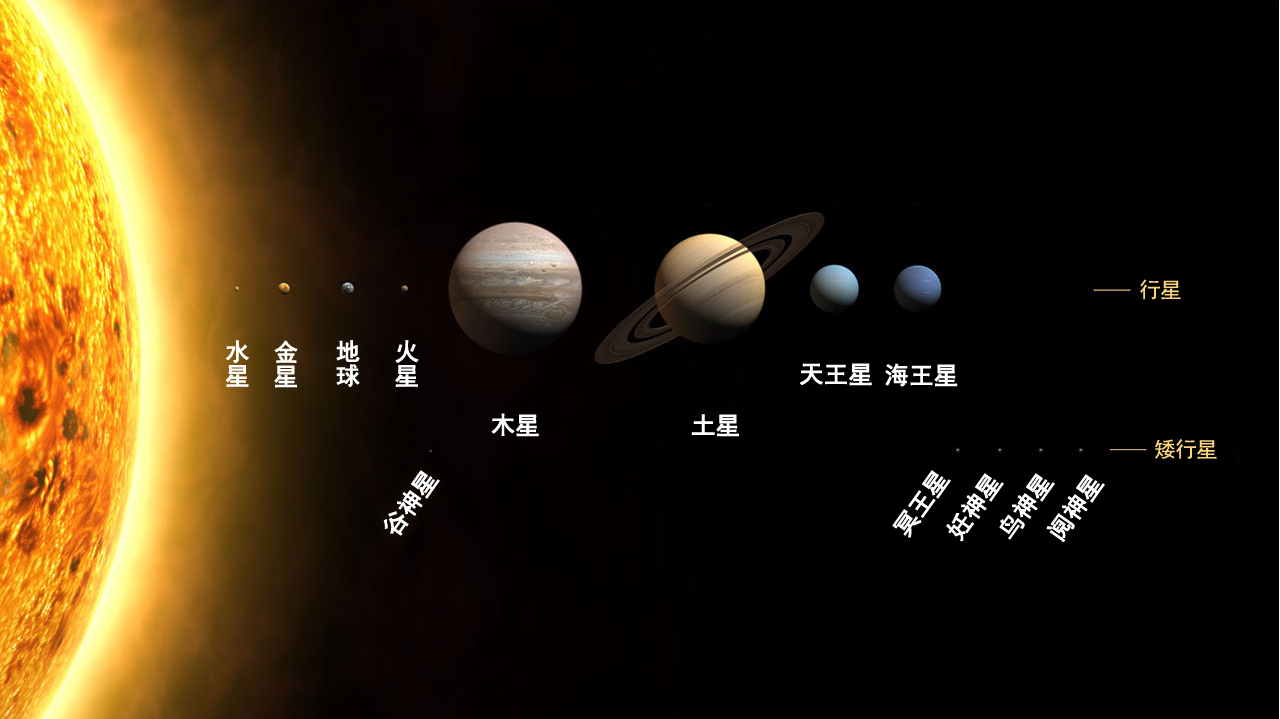
Discovering the outer planets
Individuals using telescopes or photographic plates visually discovered and named the smaller and dimmer outer planets between 1781 and 1930. Uranus is bright enough to have been observed with the naked eye in ancient times, but it was always assumed to be a star because of its almost imperceptible motion through the stars. The Greek astronomer Hipparchus included it as a star in his early star atlas of 128 BC. Between 1690 and 1769, telescope users frequently saw and documented Uranus. But only in the spring of 1781 did British astronomer Sir William Herschel observe Uranus and recognize that it was not a star, because it had a noticeable disk or comet-like form and it changed position compared to the surrounding stars in his telescope's field of view.
As the discoverer, Herschel initially proposed to name the new planet "Georgian Sidus," or "George's Planet," after King George III. But after many decades of debate by the international science community (during which even "Neptune" was proposed!), Johann Elert Bode proposed the classic and decidedly non-Anglic name Ouranos, a Latinized form of Uranus. In Greek mythology, Uranus was the god of the sky, father of Saturn, and grandfather of Jupiter. I know many astronomy teachers of giggling school kids who wish the name "George" had stuck!
If you ever have a chance to see Neptune in a telescope, you'll understand why the beautiful blue planet was named after the Roman god of the sea. In a remarkable coincidence, Galileo Galilei observed Neptune on Dec. 28, 1612, but sketched it as a small star sitting near Jupiter in his telescope's field of view. Set your astronomy app to that date, center it on Jupiter, and zoom in. There's blue Neptune, sitting about 14 arc-seconds (half the Moon's diameter) from Jupiter. Even more fascinating, advance the date a few days to Jan. 3 and Jupiter passes directly in front (or occults) the giant planet! It's not known whether Galileo observed that event.
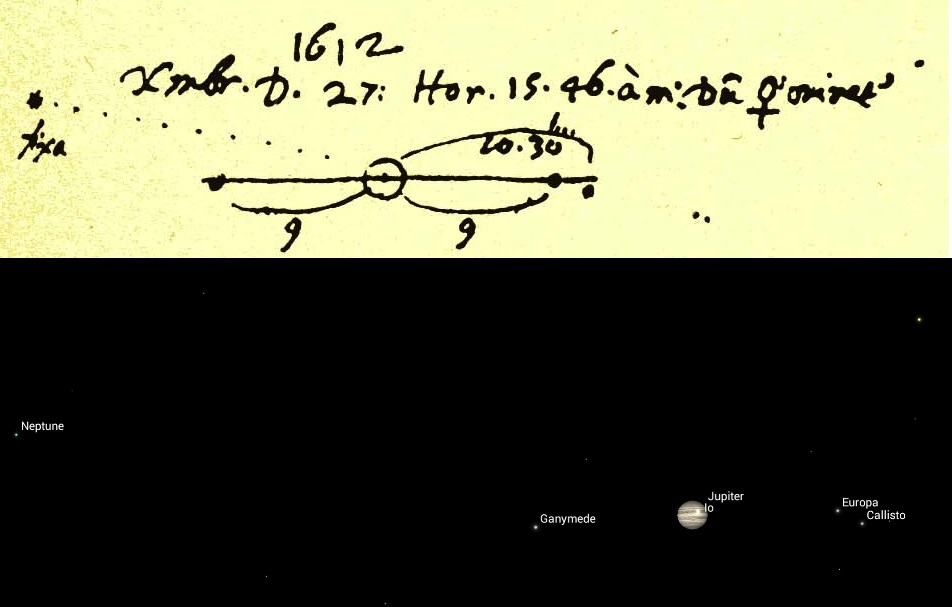
In the middle decades of the 19th century, astronomers noted that Uranus was not orbiting precisely as expected, and it was theorized that the gravitational tug from an unknown planet was perturbing Uranus' path. By 1846, the French mathematician Urbain Le Verrier had calculated an estimate of where the missing planet might be found. Le Verrier sent a letter requesting that Johann Gottfried Galle of the Berlin Observatory search that patch of sky and, on the evening of Sept. 23, 1846, the same day he received the letter, Galle discovered Neptune within 1 degree of Le Verrier's predicted location! For a few months, "Le Verrier's Planet" was proposed for the name, but that risked Uranus reverting to "Herschel"! Before the year was out, Le Verrier's preference, Neptune, was accepted internationally.
***TKTK[EMBED VIDEO: Cosmic Quest: Who Really Discovered Neptune?]TKTK***
Pluto and beyond
Continued observations of Uranus into the 19th century revealed that Neptune alone was not enough to account for Uranus' perturbations, so astronomers began another search — for Planet X. In 1906, at the Lowell Observatory in Flagstaff, Arizona, founder Percival Lowell launched a search for the planet that was to last until his death in 1916. By this time, people conducted their searches by taking photographs through telescopes of candidate patches of sky on two or more nights. Later, they inspected the pairs of images for objects that changed position compared to the fixed stars. During that time, Pluto was sitting amid the stars of Orion in the Milky Way, meaning that the plates were densely packed with background stars. You can use your astronomy app to see where Pluto was located when it was discovered.
After more than a decade's pause, a newly hired young astronomer named Clyde Tombaugh resumed the search. On February 18, 1930, after only a year of searching, Tombaugh noted a possible moving object on photographic plates that were taken on Jan. 23 and Jan. 29 of that year. After further confirmation, the new planet was officially announced on March 13, 1930, and the naming process began. Percival Lowell's widow Constance proposed the names of Percival, Zeus and even her own, but the winning name, Pluto, was the idea of 11-year-old Venetia Burney. Once everyone realized that Pluto was not just the Greek god of the underworld, but that it also contained Percival Lowell's initials, it seemed fated to be.
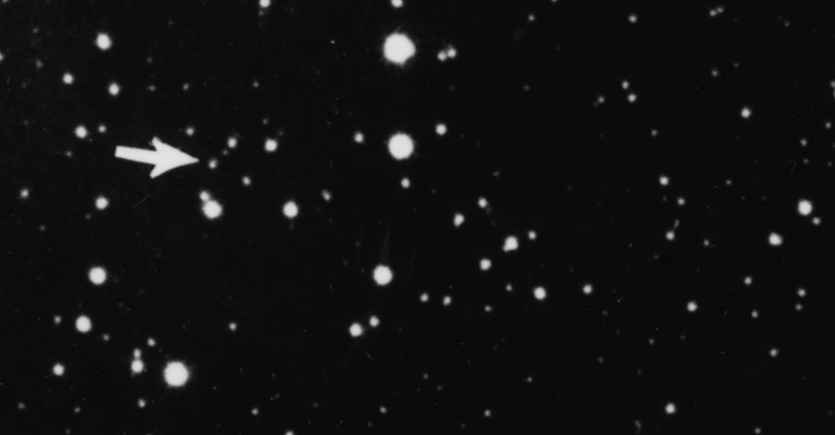
In 2005, Caltech astronomer Mike Brown and his team discovered the object that later led to Pluto's demotion to dwarf planet status. They had theorized that additional small planets might be found in the Kuiper Belt, a region beyond the orbit of Neptune containing the icy remnants of the solar system's formation. The team, based at Palomar Observatory in California, used a semiautomated photographic search of the sky near the ecliptic to find an object orbiting the sun three times farther away than Pluto — at about 96 Astronomical Units. (An astronomical unit is the mean Earth-sun distance.)
To avoid being scooped by other teams performing similar searches, they adopted the nickname Xena for the object, after the popular TV show character. After the discovery was announced, people loved the name, especially after it was discovered that the new object had a moon, dubbed Gabrielle. Other names considered included Lila (similar to Brown's daughter's name) and Persephone (Pluto's mythological wife). Eventually, the International Astronomical Union (IAU), which is responsible for naming solar system objects and their surface features, opted for the somewhat less fun names Eris, the Greek goddess of strife and discord, and Dysnomia, the Greek goddess of lawlessness, for the planet and moon, respectively.
After it was revealed that Eris was at least as large as Pluto, the IAU voted to create a new class of objects, the dwarf planets. They placed the asteroid Ceres (named for the Roman goddess of agriculture), Pluto, Eris and the other known Kuiper Belt objects in this class. As more objects are discovered and confirmed, they are added in, with names that are mainly drawn from deities of cultures around the world, such as Sedna (Inuit), Haumea (Hawaiian), Makemake (Rapa Nui), and Quaoar (Native American). [Meet the Solar System's Dwarf Planets]
Eris is so distant that it takes 557 years for it to orbit the sun. It will be many years before it moves out of its discovery constellation, Cetus. That region of sky is visible in late autumn every year. You can search for Eris in your astronomy app to see where it is in the sky. The better astronomy apps will also allow you to search for the other major Kuiper Belt objects (KBOs) and new ones as they are discovered.
The discovery of more KBOs, and the characterization of their orbits, has led to another exciting planet search. A number of the KBO orbital planes are biased in a particular and unexpected direction. Earlier this year, Mike Brown and Konstantin Batygin published a mathematical model that suggests that a large planet, 10 times the mass of Earth and orbiting between 200 and 1,200 AU from the sun, would explain the observations. And recent KBO discoveries have reinforced this model. Now the Caltech team, and others, are in a race to search the sky for this very distant new planet, dubbed Planet Nine. Who knows? Perhaps a female astronomer will discover this one. Stay tuned!
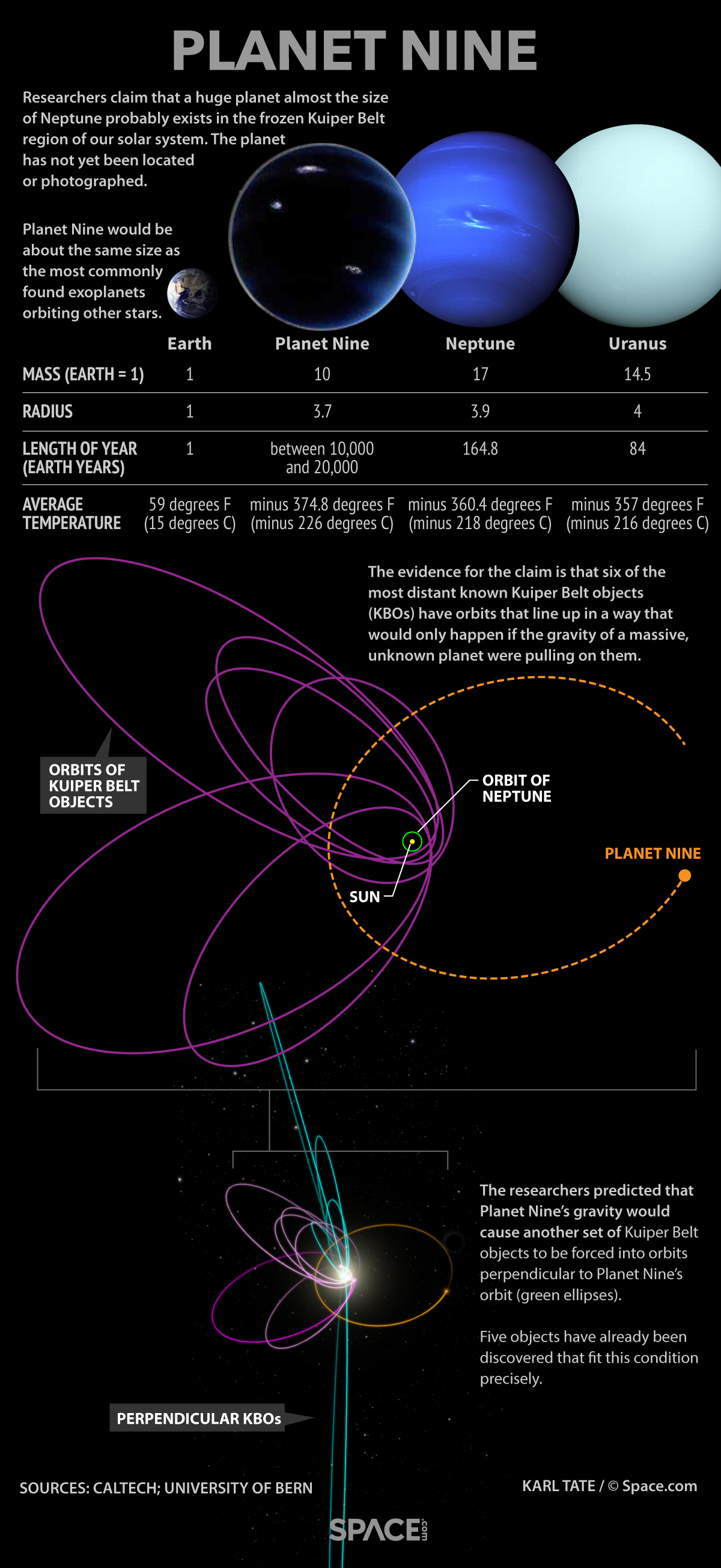
Going beyond
We've only scratched the surface of naming objects in the solar system. For example, the moons of each planet follow a proscribed theme. War-like Mars is orbited by Phobos and Deimos, or "Fear and Dread." Jupiter's satellites are named for the god's wives, lovers, offspring and so on. The International Astronomical Union has a nice page of information about naming themes at http://planetarynames.wr.usgs.gov/Page/Planets. The organization is also responsible for the names that are given to asteroids, and to newly discovered exoplanets. But that's another story for a future edition of Mobile Stargazing. In the meantime, keep looking up!
Editor's note: Chris Vaughan is an astronomy public outreach and education specialist, and operator of the historic 1.88-meter David Dunlap Observatory telescope. You can reach him via email, and follow him on Twitter as @astrogeoguy, as well as on Facebook and Tumblr.
This article was provided by Simulation Curriculum, the leader in space science curriculum solutions and the makers of the SkySafari app for Android and iOS. Follow SkySafari on Twitter @SkySafariAstro. Follow us @Spacedotcom, Facebook and Google+. Original article on Space.com.
Join our Space Forums to keep talking space on the latest missions, night sky and more! And if you have a news tip, correction or comment, let us know at: community@space.com.
Chris Vaughan, aka @astrogeoguy, is an award-winning astronomer and Earth scientist with Astrogeo.ca, based near Toronto, Canada. He is a member of the Royal Astronomical Society of Canada and hosts their Insider's Guide to the Galaxy webcasts on YouTube. An avid visual astronomer, Chris operates the historic 74˝ telescope at the David Dunlap Observatory. He frequently organizes local star parties and solar astronomy sessions, and regularly delivers presentations about astronomy and Earth and planetary science, to students and the public in his Digital Starlab portable planetarium. His weekly Astronomy Skylights blog at www.AstroGeo.ca is enjoyed by readers worldwide. He is a regular contributor to SkyNews magazine, writes the monthly Night Sky Calendar for Space.com in cooperation with Simulation Curriculum, the creators of Starry Night and SkySafari, and content for several popular astronomy apps. His book "110 Things to See with a Telescope", was released in 2021.


